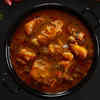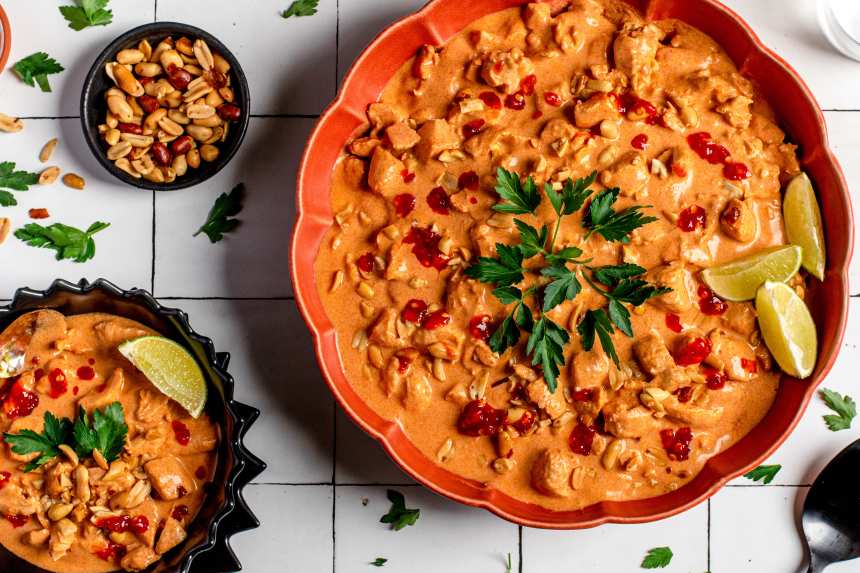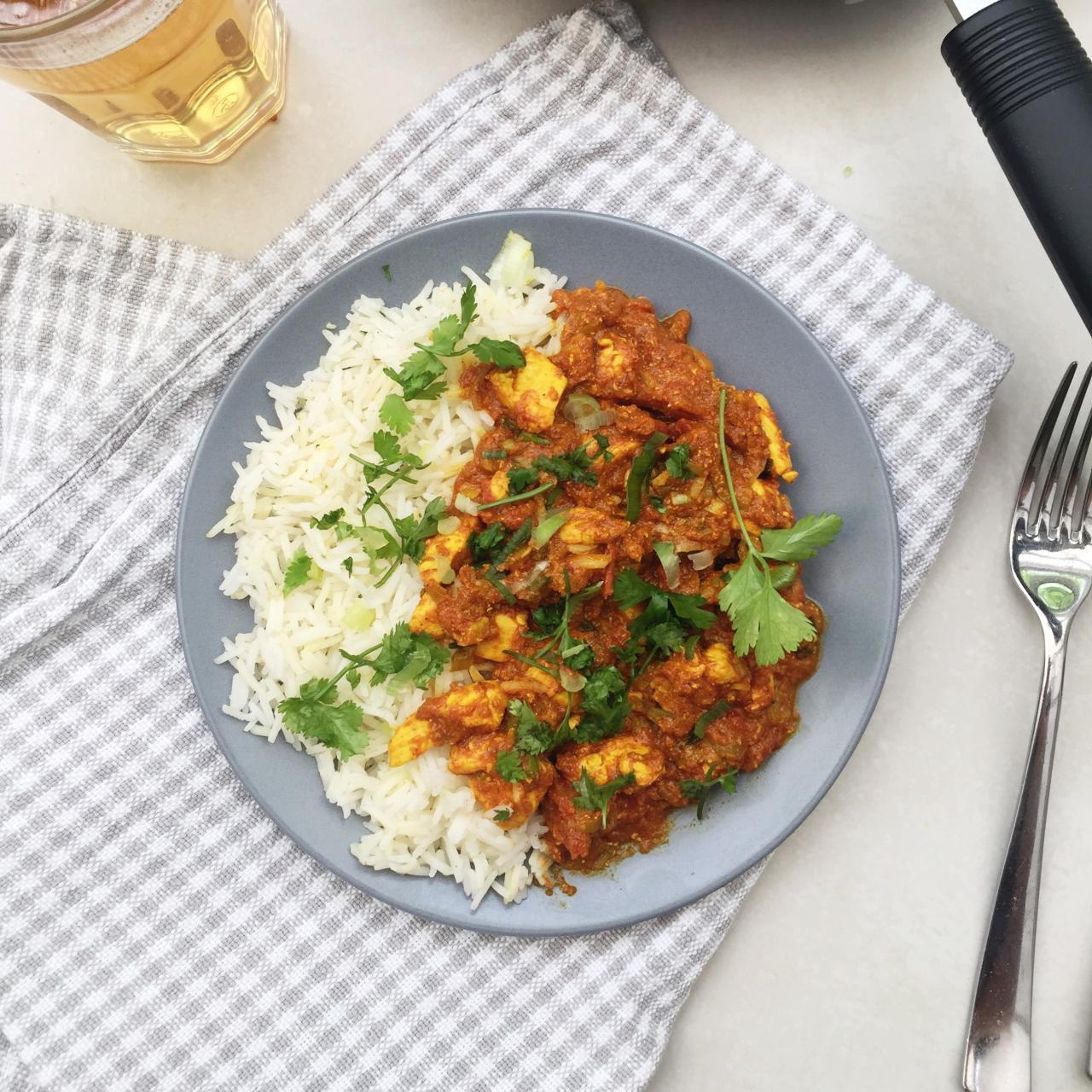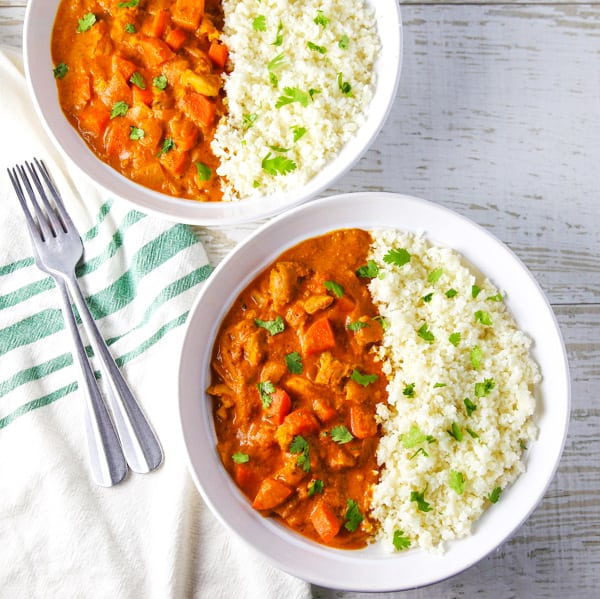Spicy Curry represents a vibrant and eclectic celebration of flavors, colors, and aromas, conjoining a myriad of spices to craft dishes that ignite the palate and warm the heart. Originating from various culinary traditions around the globe, especially in countries like India, Thailand, and the Caribbean, curry stands as a testament to the power of blending herbs and spices to achieve complex flavor profiles. From the fiery heat of red chilies to the earthy depth of turmeric, each ingredient in a spicy curry plays a pivotal role in creating its signature zing and zest.
At its core, spicy curry embodies the versatility and adaptability of global cuisines, catering to a wide range of dietary preferences and heat tolerances. Whether it’s the creamy richness of a coconut-based Thai curry or the robust tanginess of an Indian Rogan Josh, these dishes offer something for everyone. Spicy curry not only tantalizes taste buds but also provides a bounty of health benefits, thanks to the antioxidant and anti-inflammatory properties of many of its key spices.
Spicy Curry Recipe


Spicy Curry
Equipment
- 1 pressure cooker
Ingredients
- 1/2 tsp. Pepper
- 1/2 tsp. Turmeric
- 1 tsp. Salt
- 2 c. Water
- 1/2 tsp. Coriander
- 1 tsp. Red chili flakes
- 1/2 tsp. Cumin
- 1 tsp. Grated ginger
- 1 tsp. Brown sugar
- 2 Chopped garlic cloves
- 1 Chopped white onion
- 1 Tbsp. Tomato paste
- 1 Tbsp. Olive oil
- 1 c. Diced tomatoes
- 1 c. Black eyed peas
- 2 Tbsp. Chopped cilantro
Instructions
- When you are ready to get started with this recipe, bring out the pressure cooker and add in the olive oil as well as the onion to make it tender.
- Once this is done, you should add in some of the other ingredients including cumin, coriander, turmeric, the red chili flakes, ginger, and garlic.
- After you have some time to stir that around, add the tomato paste and tomatoes. Mix it well and cook for 5 minutes so this becomes thicker.
- Once the mixture is nice and thick, stir in the sugar and the black eyed peas and season the dish.
- Now it is time to take the lid and seal it onto the pressure cooker. Allow these ingredients to cook inside the pot for about 12 minutes.
- After this time, allow some time for the pressure to release from the pot. Ladle the dish into one of your serving bowls, garnish with a bit of cilantro, and then serve.
Cooking Tips about Spicy Curry

- Selecting the Right Spices: The cornerstone of any spicy curry is its array of spices. Essential spices include cumin, coriander, turmeric, chili powder, and garam masala for Indian curries; or galangal, lemongrass, and kaffir lime leaves for Thai versions. Freshly ground spices offer the best flavor, so consider investing in a spice grinder.
- Balance of Flavors: A great curry has a balance of spicy, salty, sweet, and sour. Adjust these elements to suit your palate. For sweetness, consider adding a bit of sugar or coconut milk. Tamarind paste or a splash of lime juice can add sourness, while salt should be adjusted to taste.
- Use of High-Quality Ingredients: Opt for fresh, high-quality ingredients. This includes using ripe tomatoes, fresh ginger, and garlic, as well as choosing premium meats or fresh vegetables if you’re making a vegetarian curry.
- Proper Preparation of Ingredients: Take the time to properly prepare your ingredients. This means finely chopping or grinding your onions, ginger, and garlic to ensure they meld seamlessly into the sauce. Meats should be cut evenly to cook uniformly.
- Layering Flavors: Begin by frying onions until golden, then add ginger and garlic paste, followed by the ground spices. This method releases their aromatic oils and creates a flavorful base for your curry.
- Cooking the Spices: Don’t rush cooking your spices. Allowing them to fry gently in oil brings out their fullest flavor. Be cautious not to burn them, as this can introduce a bitter taste to your curry.
- Low and Slow Cooking: Simmer your curry gently to allow the flavors to meld together and the meat or vegetables to become tender. Rushing this process can result in a less flavorful dish.
- Adjusting Thickness: If your curry is too thin, allow it to simmer uncovered to reduce to your preferred consistency. For too thick curries, a splash of stock or water can help achieve the right texture.
- Freshen Up: Before serving, brighten up your curry with a handful of fresh cilantro or a squeeze of lemon juice. This adds a layer of freshness that complements the deep, complex flavors of the curry.
- Pairing with Sides: Serve your spicy curry with an appropriate side to round out the meal. Options include steamed rice, naan bread, or flatbreads for Indian curries, and jasmine rice for Thai curries. Cooling sides like raita or a simple cucumber salad can also help balance the heat.
Serving suggestions about Spicy Curry

- Elegant Plating: Serve your spicy curry in a traditional terracotta dish or a sleek, modern bowl to highlight its vibrant color and texture. Garnish with a sprig of fresh coriander or a sprinkle of finely chopped green chilies for an extra burst of color and flavor.
- Rice and Breads: Accompany spicy curry with fluffy basmati rice or warm, freshly baked breads such as naan, roti, or chapati. These sides are perfect for soaking up the rich, flavorful sauce of the curry.
- Cooling Sides: Offer a cooling side like cucumber raita (yogurt-based salad) or a fresh green salad to help balance the heat from the curry. This contrast in flavors can provide a refreshing respite between bites of the spicy dish.
- Condiments and Pickles: A selection of chutneys—such as mango, tamarind, or mint—and pickles can add tangy, sweet, or spicy notes that complement and enhance the main flavors of the curry.
- Beverage Pairings: Serve with chilled beverages to counteract the heat. Options include lassi (a yogurt-based drink), unsweetened iced tea, or cold beers. For a non-alcoholic choice, mango juice or water infused with cucumber and mint can be very refreshing.
- Interactive Dining Experience: Encourage an interactive dining experience by setting the table with various condiments and side dishes. This allows guests to customize their meal according to their taste preferences.
- Dessert Pairing: End the meal on a sweet note with a cooling dessert. Options could include kulfi (Indian ice cream), fruit sorbets, or a simple fruit platter featuring mango, pineapple, and lychee which can soothe the palate after a spicy meal.
- Decor and Ambiance: Enhance the dining ambiance with candles, incense, or soft background music that complements the cultural origin of the curry. This can create a more immersive and holistic dining experience, celebrating the rich traditions behind spicy curry.
Top 5 FAQs about Spicy Curry

- What makes a curry spicy? The heat in a spicy curry primarily comes from the inclusion of fiery red chilies along with other spices that can have warm, pungent qualities, such as black pepper, ginger, and mustard seeds. The level of spiciness can be adjusted according to personal preferences by varying the amount and type of chili used.
- Can spicy curry be made to suit mild taste preferences? Yes, absolutely! To accommodate milder tastes, the amount of hot spices like red chili powder can be reduced. Adding ingredients like coconut milk, yogurt, or cream to the curry can also help temper the heat while adding a rich, soothing texture.
- Are there health benefits associated with eating spicy curry? Spicy curry offers numerous health benefits, thanks to the antioxidant and anti-inflammatory properties found in many of its constituent spices. For example, turmeric, a common spice in curry, is well-known for its curcumin content which has potent anti-inflammatory effects and is a strong antioxidant.
- What are some common spices used in making spicy curry? Common spices essential to creating the signature flavor of spicy curry include cumin, coriander, turmeric, chili powder, and garam masala for Indian curries; and galangal, lemongrass, and kaffir lime leaves for Thai versions. Freshly ground spices are recommended for the best flavor.
- How can I serve spicy curry for a complete dining experience? To elevate the dining experience, serve spicy curry with sides like fluffy basmati rice or warm naan bread, and accompany it with cooling sides such as cucumber raita. Enhancing the meal with a range of condiments like chutneys, a selection of tangy pickles, and ending with a sweet, cooling dessert can transform the meal into a comprehensive culinary journey.
Spicy curry, with its symphony of flavors, vivid colors, and intoxicating aromas, serves as a bridge that connects cultures, traditions, and people from across the globe. It is a culinary marvel that embodies the essence of global cuisine, showcasing the skillful fusion of herbs and spices to craft dishes that speak to both the soul and the palate. From the fiery kick of red chilies to the subtle warmth of turmeric, spicy curry encapsulates the art of flavor balance, making each dish a unique testament to the diversity of culinary practices worldwide.
Leave a Reply